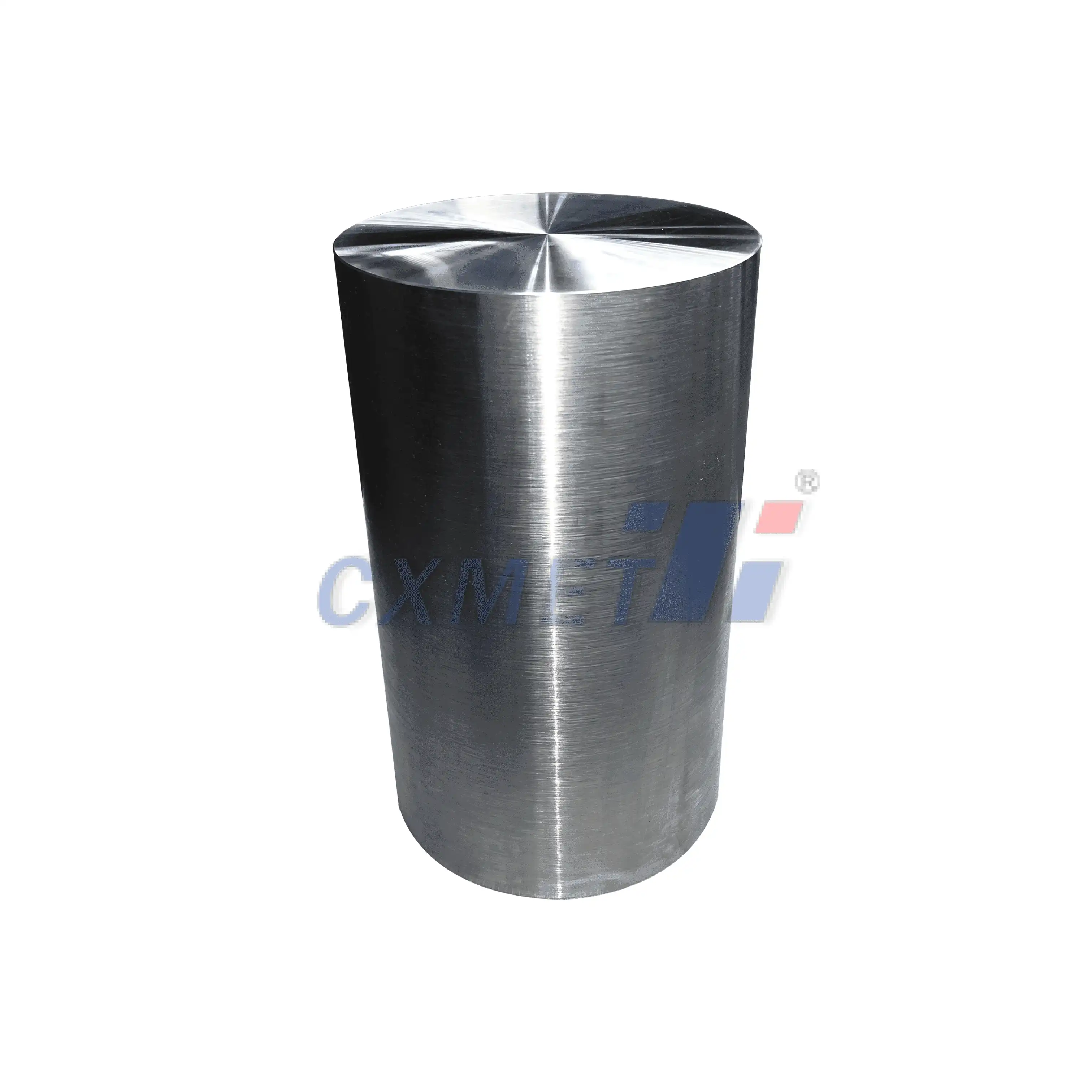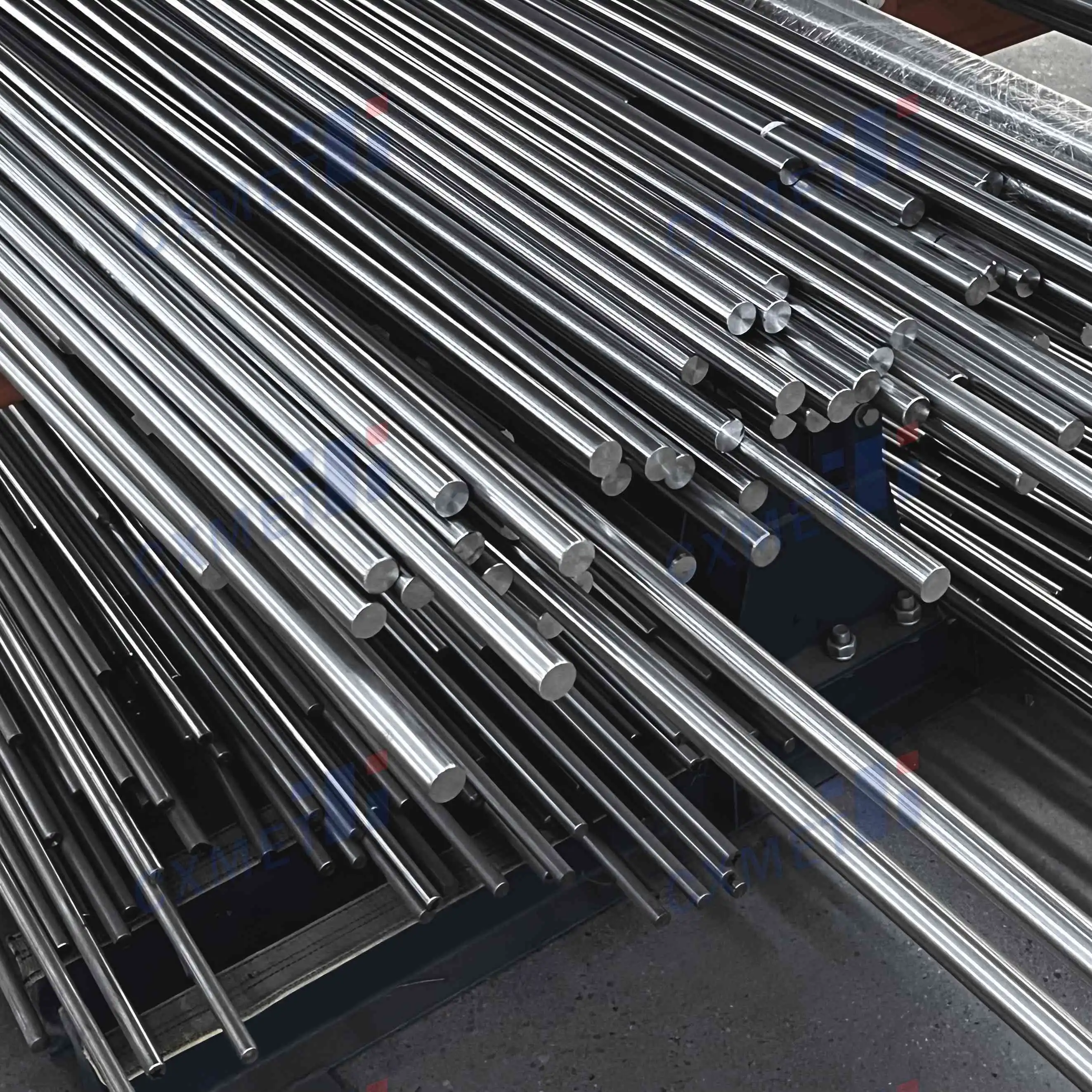- English
- French
- German
- Portuguese
- Spanish
- Russian
- Japanese
- Korean
- Arabic
- Greek
- German
- Turkish
- Italian
- Danish
- Romanian
- Indonesian
- Czech
- Afrikaans
- Swedish
- Polish
- Basque
- Catalan
- Esperanto
- Hindi
- Lao
- Albanian
- Amharic
- Armenian
- Azerbaijani
- Belarusian
- Bengali
- Bosnian
- Bulgarian
- Cebuano
- Chichewa
- Corsican
- Croatian
- Dutch
- Estonian
- Filipino
- Finnish
- Frisian
- Galician
- Georgian
- Gujarati
- Haitian
- Hausa
- Hawaiian
- Hebrew
- Hmong
- Hungarian
- Icelandic
- Igbo
- Javanese
- Kannada
- Kazakh
- Khmer
- Kurdish
- Kyrgyz
- Latin
- Latvian
- Lithuanian
- Luxembou..
- Macedonian
- Malagasy
- Malay
- Malayalam
- Maltese
- Maori
- Marathi
- Mongolian
- Burmese
- Nepali
- Norwegian
- Pashto
- Persian
- Punjabi
- Serbian
- Sesotho
- Sinhala
- Slovak
- Slovenian
- Somali
- Samoan
- Scots Gaelic
- Shona
- Sindhi
- Sundanese
- Swahili
- Tajik
- Tamil
- Telugu
- Thai
- Ukrainian
- Urdu
- Uzbek
- Vietnamese
- Welsh
- Xhosa
- Yiddish
- Yoruba
- Zulu
Can Titanium 6Al7Nb Medical Bars Be Easily Machined or Processed?
2025-02-19 10:43:27
Titanium 6Al7Nb is a high-strength titanium alloy widely used in medical applications, particularly for implants and prosthetics. This alloy is known for its excellent biocompatibility, corrosion resistance, and mechanical properties. However, when it comes to machining and processing Titanium 6Al7Nb medical bars, there are several factors to consider. In this blog post, we'll explore the machinability of Titanium 6Al7Nb and discuss the challenges and techniques involved in processing this material for medical applications.


What are the challenges in machining Titanium 6Al7Nb medical bars?
Machining Titanium 6Al7Nb medical bars presents several challenges due to the material's unique properties. First and foremost, titanium alloys are known for their high strength-to-weight ratio, which makes them resistant to cutting and deformation. This characteristic can lead to rapid tool wear and increased machining time.
One of the primary challenges in machining Titanium 6Al7Nb is its low thermal conductivity. This property causes heat to accumulate at the cutting edge during machining, leading to increased tool wear and potential surface damage. The heat buildup can also cause work hardening, where the material becomes even harder and more difficult to machine as cutting progresses.
Another challenge is the material's high chemical reactivity, particularly at elevated temperatures. This reactivity can cause the titanium to weld to the cutting tool, resulting in built-up edge formation and poor surface finish. Additionally, Titanium 6Al7Nb has a relatively low modulus of elasticity, which can cause deflection and chatter during machining, affecting dimensional accuracy and surface quality.
To overcome these challenges, specialized machining techniques and tools are often required. For example, using sharp, coated cutting tools with positive rake angles can help reduce cutting forces and heat generation. Employing high-pressure coolant systems can improve heat dissipation and chip evacuation. Additionally, maintaining rigid setups and using appropriate cutting speeds and feed rates are crucial for achieving optimal results when machining Titanium 6Al7Nb medical bars.
Despite these challenges, with proper techniques and tooling, Titanium 6Al7Nb can be successfully machined to meet the exacting standards required for medical applications. The key lies in understanding the material's properties and adapting machining strategies accordingly.
How does the microstructure of Titanium 6Al7Nb affect its machinability?
The microstructure of Titanium 6Al7Nb Medical Bar plays a significant role in determining its machinability. This alloy typically exhibits a two-phase microstructure consisting of alpha (α) and beta (β) phases. The relative proportions and distribution of these phases can greatly influence the material's mechanical properties and, consequently, its machining characteristics.
The alpha phase in Titanium 6Al7Nb is characterized by a hexagonal close-packed (HCP) crystal structure, which contributes to the alloy's strength and hardness. This phase is stabilized by the aluminum content in the alloy. On the other hand, the beta phase has a body-centered cubic (BCC) structure and is stabilized by the niobium content. The presence of both phases creates a balance between strength and ductility, which is beneficial for medical applications but can complicate machining processes.
The microstructure of Titanium 6Al7Nb can vary depending on the processing history and heat treatment of the material. For instance, a fine-grained microstructure generally results in improved strength and hardness but may increase tool wear during machining. Conversely, a coarser microstructure might offer better machinability but could compromise some mechanical properties.
During machining, the interaction between the cutting tool and the material's microstructure can lead to various phenomena that affect machinability. For example, the formation of adiabatic shear bands – localized regions of intense plastic deformation – is common in titanium alloys and can influence chip formation and surface quality. The presence of these shear bands can sometimes lead to segmented chip formation, which can be beneficial for chip control but may also cause fluctuations in cutting forces.
Understanding the microstructural effects on machinability is crucial for optimizing machining parameters. For instance, adjusting cutting speeds and feed rates based on the predominant phase composition can help minimize tool wear and improve surface finish. Additionally, selecting cutting tools with geometries and coatings that are compatible with the alloy's microstructure can enhance machining performance.
Researchers and manufacturers continue to investigate the relationship between microstructure and machinability in Titanium 6Al7Nb. Advanced characterization techniques, such as electron microscopy and in-situ machining studies, are being employed to gain deeper insights into the material's behavior during cutting operations. This knowledge is essential for developing more effective machining strategies and improving the overall efficiency of producing medical components from Titanium 6Al7Nb bars.



What are the best practices for processing Titanium 6Al7Nb medical bars?
Processing Titanium 6Al7Nb medical baTitanium 6Al7Nb Medical Barrs requires a combination of specialized techniques and best practices to ensure optimal results. These practices are designed to address the unique challenges posed by the material's properties while maintaining the high standards required for medical applications.
One of the most critical best practices is the selection of appropriate cutting tools. Carbide tools with sharp cutting edges and positive rake angles are often preferred for machining Titanium 6Al7Nb. These tools help to reduce cutting forces and heat generation during machining. Additionally, using tools with specialized coatings, such as TiAlN or AlTiN, can enhance wear resistance and prolong tool life.
Proper cooling and lubrication strategies are essential when processing Titanium 6Al7Nb medical bars. High-pressure coolant systems are particularly effective in dissipating heat and evacuating chips from the cutting zone. Some manufacturers employ cryogenic cooling techniques, using liquid nitrogen to maintain low temperatures during machining, which can significantly improve tool life and surface quality.
Maintaining rigid setups is crucial for achieving dimensional accuracy and good surface finish. This involves using sturdy workholding devices and minimizing overhang of both the workpiece and cutting tool. Vibration damping systems can also be employed to reduce chatter, which is particularly important when machining thin-walled components.
Optimizing cutting parameters is another key aspect of processing Titanium 6Al7Nb effectively. Generally, lower cutting speeds and higher feed rates are recommended compared to those used for other materials. This approach helps to manage heat generation and reduce the time the cutting edge is in contact with the workpiece, thereby extending tool life.
Implementing appropriate machining strategies can also improve outcomes. For instance, using climb milling instead of conventional milling can reduce tool wear and improve surface finish. When turning, employing a variable depth of cut strategy can help distribute wear along the cutting edge, prolonging tool life.
Advanced machining techniques, such as high-speed machining (HSM) and ultrasonic-assisted machining, are being explored for processing Titanium 6Al7Nb. These methods can offer benefits in terms of productivity and surface quality, although they require specialized equipment and expertise.
Quality control measures are paramount when processing medical-grade materials. Implementing rigorous inspection protocols, including surface roughness measurements, dimensional checks, and non-destructive testing, ensures that the finished components meet the stringent requirements for medical applications.
Lastly, proper handling and storage of Titanium 6Al7Nb medical bars and finished components are essential. The material should be protected from contamination and stored in a controlled environment to maintain its purity and prevent surface oxidation.
By adhering to these best practices, manufacturers can effectively process Titanium 6Al7Nb medical bars, producing high-quality components that meet the exacting standards of the medical industry. Continuous improvement and staying abreast of the latest technological advancements in machining techniques and tools are key to optimizing the processing of this challenging but valuable material.
At SHAANXI CXMET TECHNOLOGY CO., LTD, we take pride in our extensive product range, which caters to diverse customer needs. Our company is equipped with outstanding production and processing capabilities, ensuring the high quality and precision of our products. We are committed to innovation and continuously strive to develop new products, keeping us at the forefront of our industry. With leading technological development capabilities, we are able to adapt and evolve in a rapidly changing market. Furthermore, we offer customized solutions to meet the specific requirements of our clients. If you are interested in our products or wish to learn more about the intricate details of our offerings, please do not hesitate to contact us at sales@cxmet.com. Our team is always ready to assist you.
 |
 |
 |
References
- Ezugwu, E. O., & Wang, Z. M. (1997). Titanium alloys and their machinability—a review. Journal of Materials Processing Technology, 68(3), 262-274.
- Pramanik, A. (2014). Problems and solutions in machining of titanium alloys. The International Journal of Advanced Manufacturing Technology, 70(5-8), 919-928.
- Veiga, C., Davim, J. P., & Loureiro, A. J. R. (2013). Properties and applications of titanium alloys: A brief review. Reviews on Advanced Materials Science, 32(2), 133-148.
- Arrazola, P. J., Garay, A., Iriarte, L. M., Armendia, M., Marya, S., & Le Maître, F. (2009). Machinability of titanium alloys (Ti6Al4V and Ti555. 3). Journal of Materials Processing Technology, 209(5), 2223-2230.
- Niinomi, M. (2008). Mechanical biocompatibilities of titanium alloys for biomedical applications. Journal of the Mechanical Behavior of Biomedical Materials, 1(1), 30-42.
- Machado, A. R., & Wallbank, J. (1990). Machining of titanium and its alloys—a review. Proceedings of the Institution of Mechanical Engineers, Part B: Journal of Engineering Manufacture, 204(1), 53-60.
- Klocke, F., Lung, D., Arft, M., Priarone, P. C., & Settineri, L. (2013). On high-speed turning of a third-generation gamma titanium aluminide. The International Journal of Advanced Manufacturing Technology, 65(1-4), 155-163.
- Ginting, A., & Nouari, M. (2009). Surface integrity of dry machined titanium alloys. International Journal of Machine Tools and Manufacture, 49(3-4), 325-332.
- Zhu, D., Zhang, X., & Ding, H. (2013). Tool wear characteristics in machining of nickel-based superalloys. International Journal of Machine Tools and Manufacture, 64, 60-77.
- Ulutan, D., & Ozel, T. (2011). Machining induced surface integrity in titanium and nickel alloys: A review. International Journal of Machine Tools and Manufacture, 51(3), 250-280.
YOU MAY LIKE